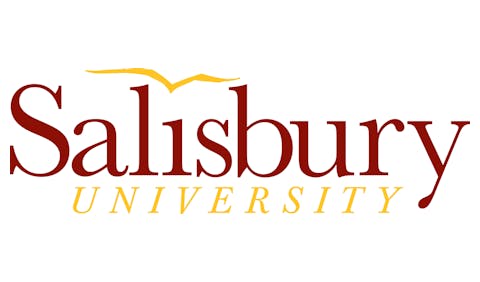When Bluefield State College in West Virginia achieved university status in
Today, more than 70 percent of HBCUs offer graduate degree programs, a significant expansion from previous decades, according to analysis by The Century Foundation. Between 2012 and 2021, the number of graduate programs at HBCUs grew from 2,078 to 2,258, while these institutions collectively serve students with a mission that extends far beyond their walls: preparing the next generation of leaders in fields critical to American society.
The expansion of HBCU graduate programs comes at a crucial time for American higher education. Occupations requiring advanced education are projected to grow faster than average through 2033, with careers requiring master’s degrees leading the charge. Yet the path to these opportunities often comes with a steep financial price tag—Americans currently owe $1.6 trillion in federal student loans, with nearly half held by graduate students.
For Black students, this debt burden is particularly acute. The average Black graduate student holds $10,000 more in debt than their white counterparts, making the question of graduate program value especially pressing for the communities HBCUs serve.
“These institutions need more; and there is no greater testament to the wisdom of such an investment than how much they accomplish already with what little they have,” according to “How HBCUs Have Grown Their Graduate Offerings and Why It Matters,” a comprehensive report released in May by The Century Foundation that examines the strategic expansion of graduate education at historically Black institutions.
Value proposition in action
 Dr. Marybeth Gasman
Dr. Marybeth Gasman
The numbers tell a compelling story about financial accessibility, according to the research by Tiara Moultrie, a fellow at The Century Foundation. While HBCU graduate students are more likely to take out Graduate PLUS loans (37.7 percent compared to 33.3 percent at non-HBCUs), they generally carry lower balances. In academic year 2023-24, the average annual Graduate PLUS loan for HBCU recipients was $25,733, compared to $29,154 for non-HBCU students.
From Colleges to Universities: Institutional Transformation
Recent years have witnessed remarkable institutional evolution. In 2023, two HBCUs—Wiley College and Philander Smith College—introduced their first graduate programs, enabling their transformation from colleges to universities. Wiley University welcomed its first cohort of fully online graduate students in January 2024, while Philander Smith University launched with a single MBA program.
Voorhees College’s transformation to Voorhees University in 2022 exemplifies the strategic thinking behind these expansions. Coinciding with the institution’s 125th anniversary, Voorhees established the School of Graduate Studies, Continuing Education, and Integrative Learning, offering both a Master of Education in Teaching and Learning and a Doctor of Education in Educational Leadership. This expansion directly addresses teacher shortages in underserved South Carolina school districts—a clear example of HBCUs responding to community needs.
For rural institutions like Voorhees, located in a town of fewer than 4,000 residents, adding graduate programs ensures students pursuing careers requiring post-baccalaureate education can remain competitive. The move also brings academic prestige, allowing institutions to attract terminal-degree faculty and expand their research capabilities.














